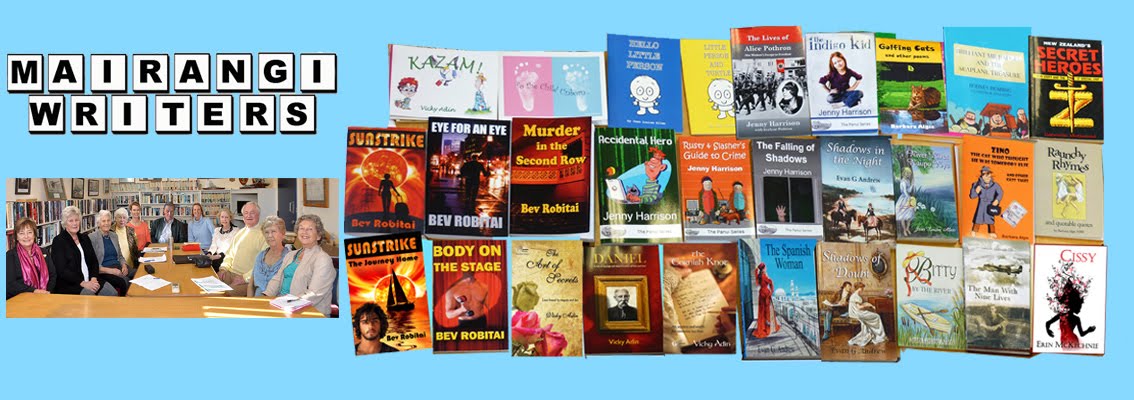Sometimes as
writers we create completely fictional characters for a story, other times we
borrow somebody we know and use many of their genuine characteristics. Either
way, the danger is to use a kind of shorthand – to make a stereotypical
character so that readers recognise them quickly and we don’t have to spend a
long time building them up. But flat, one-dimensional characters are boring,
offering no surprises and no insights.
Take the
standard Little Old Lady, for instance. She’s small, sweet, and her family
think she’s not very bright. She dotes on her children and grandchildren, goes
to church on Sundays, and likes to cook and sew. To most writers – and I’m
including TV and movie scriptwriters here – she’s a comic figure with little to
offer beyond light entertainment.
But look
past that façade. She may not be educated, she may mispronounce words and
mangle her language to comical effect but she’s incredibly wise. She’s had a
lifetime of close observation to know how people tick so she understands why
your marriage is falling apart or why your children are in trouble, and her
advice is worth heeding. Yes, her religion is illogical, but her faith gives
her astonishing strength to deal with any situation. Her framework of belief
gives her resilience no matter what disasters occur so she can comfort you
despite her own sorrow.
She’s the
glue that holds together a far-flung, disparate family. She’s the shoulder to
cry on, the phone call in dark hours, the one person who loves you no matter
what. That Little Old Lady has depth.
I once
borrowed my mother-in-law to play a minor character in one of my books,
slipping her in to provide comic relief. I don’t know if she’s ever recognised
herself, but I rather hope she hasn’t.
I really didn’t do
her justice.
Bev Robitai

No comments:
Post a Comment